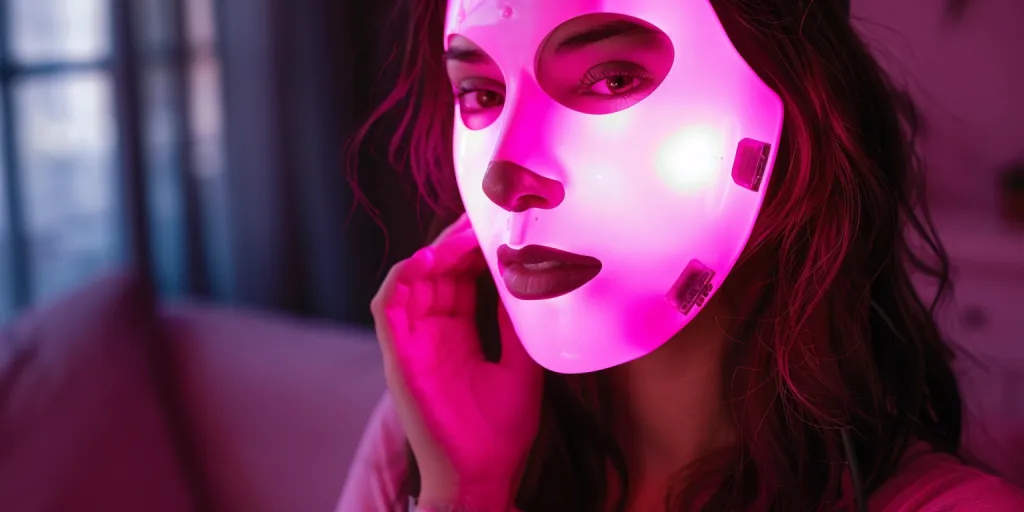Red light face masks are rapidly revolutionizing skincare regimes through innovative technology and validated benefits. As we venture into 2025, grasping market dynamics and imminent trends in red light therapy is crucial for both businesses and consumers alike.
Table of Contents:
– What is a red light face mask?
– How does red light therapy benefit the skin?
– Practical tips for using red light face masks
– Common misconceptions about red light therapy
– Regional market insights and growth
– Future outlook and opportunities in skincare
Market Overview Based on Red Light Face Mask Usage
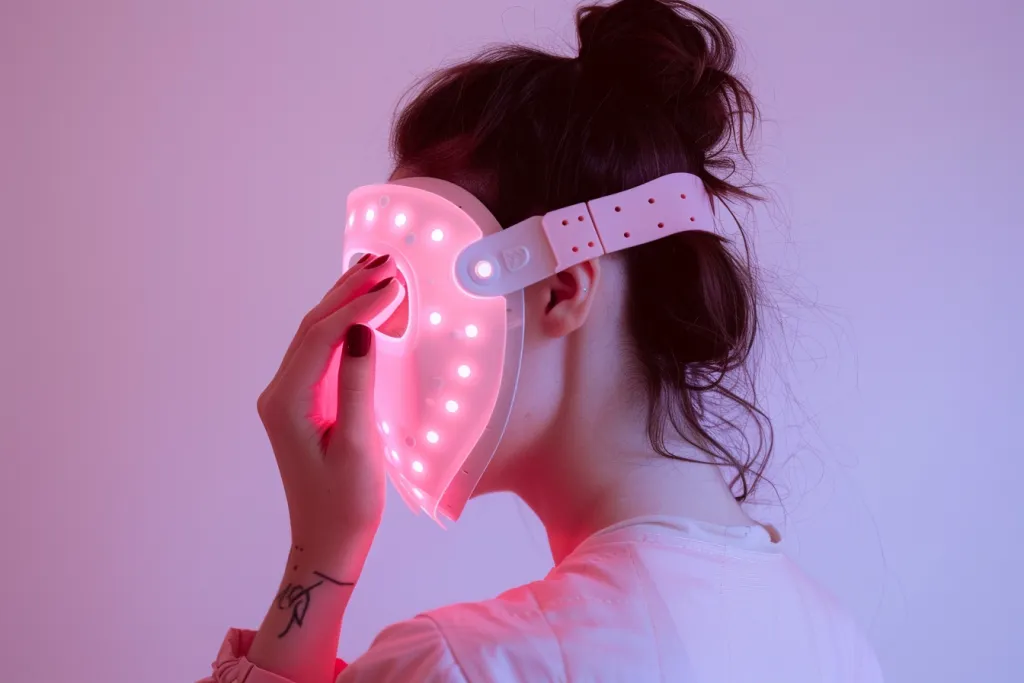
The LED Light Face Mask Market is experiencing significant growth, with its market size projected to reach approximately USD 600 million by 2030. This expansion is driven by a compound annual growth rate (CAGR) of 12.4% from 2023 to 2030. LED light therapy, a non-invasive and painless skincare treatment, has become increasingly popular due to its versatile applications in beauty and dermatology. The treatment can be conveniently performed at spas, dermatology clinics, or even at home using portable LED devices, with treatment duration and frequency varying based on individual goals and the specific device used.
LED light therapy offers benefits such as acne treatment, skin rejuvenation, and wrinkle reduction, contributing to its popularity across various user groups. Market analysis indicates a rise in demand across product segments, including full-face masks, neck and eye-focused devices, catering to different skincare needs. End-users span from individual consumers using at-home devices to professional settings in spas, salons, and dermatology clinics, underscoring the wide appeal and adaptability of LED light face masks.
Technological Advancements in Red Light Therapy
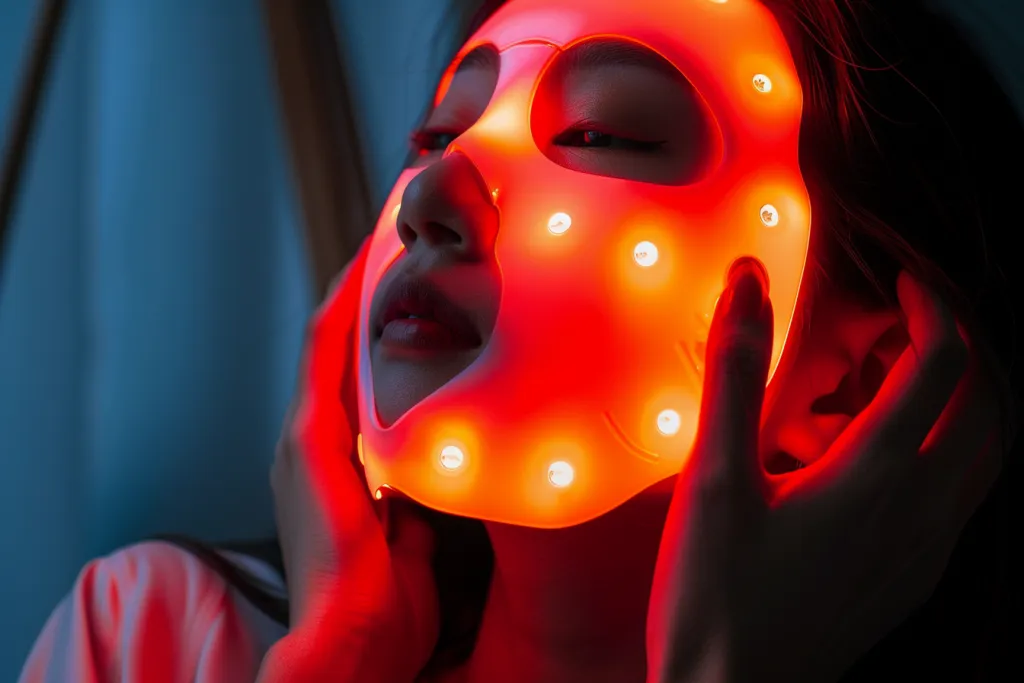
Red light therapy has undergone considerable evolution, benefitting from technological breakthroughs enhancing accessibility and effectiveness. Current models of red light face masks leverage multi-wavelength technology, customizable settings, and are often combined with other skincare technologies such as microcurrents and EMS.
An important leap has been the hybrid tech-skincare systems. For example, the De-Age Skin Booster from Singapore-based Skin Inc unites LED light with EMS to optimize serum absorption and efficacy. Brands such as JOVS and LYMA are claiming these devices outperform traditional LED masks, delivering professional-caliber results in a home setting.
Moreover, the incorporation of artificial intelligence (AI) into red light therapy apparatuses marks a notable advancement. AI enables personalized treatments tailored to individual skin conditions, heightening therapy efficiency. This individualized approach assures users access to optimal treatment, enhancing both user satisfaction and results.
Trends and Consumer Preferences in Face Masks
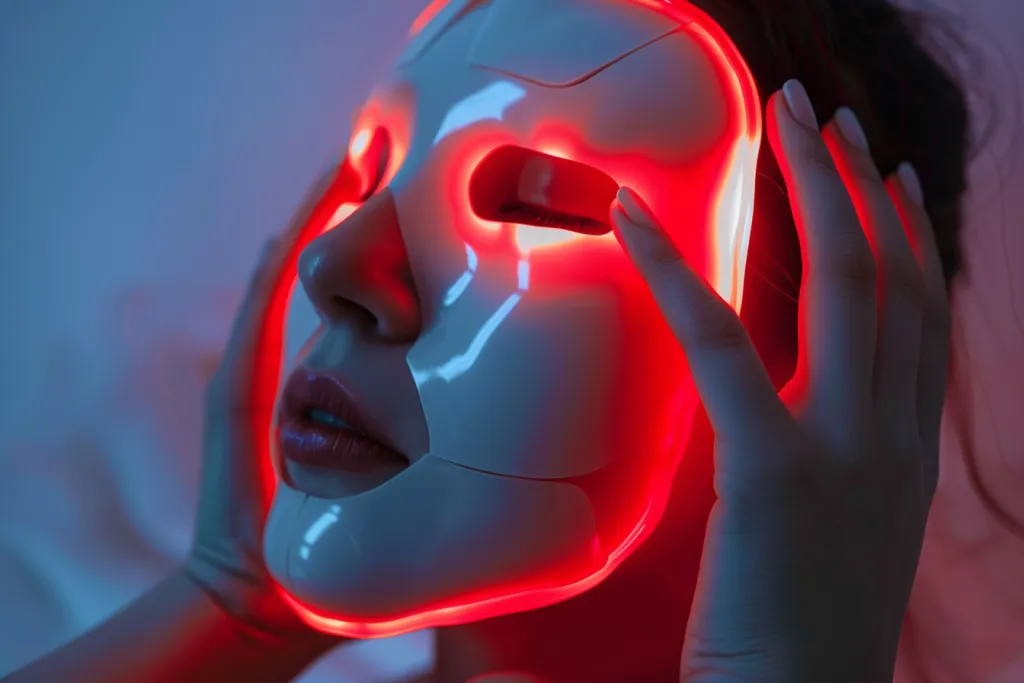
Consumer inclination towards red light face masks largely stems from a heightened appetite for efficient, scientifically-backed skincare modalities. Google search data shows a 65% global spike in interest for LED masks within the past year, indicating a mounting curiosity for this technology. Consumers are increasingly favoring products that deliver definitive results, corroborated by clinical research and expert support.
Furthermore, there’s a discernible shift towards devices that offer multifunctional capabilities, providing a consolidated approach to tackle issues like anti-aging, acne, and skin rejuvenation in one product. This trajectory is likely to endure, with brands channeling efforts into crafting versatile and intuitive devices.
Sustainability is also rising on the consumer agenda. There’s a growing gravitation towards eco-friendly packaging and sustainable production, endorsing brands that place an emphasis on environmental stewardship. This momentum is prompting companies to innovate both in product design and manufacturing domains.
Competitive Landscape in Skincare Innovations
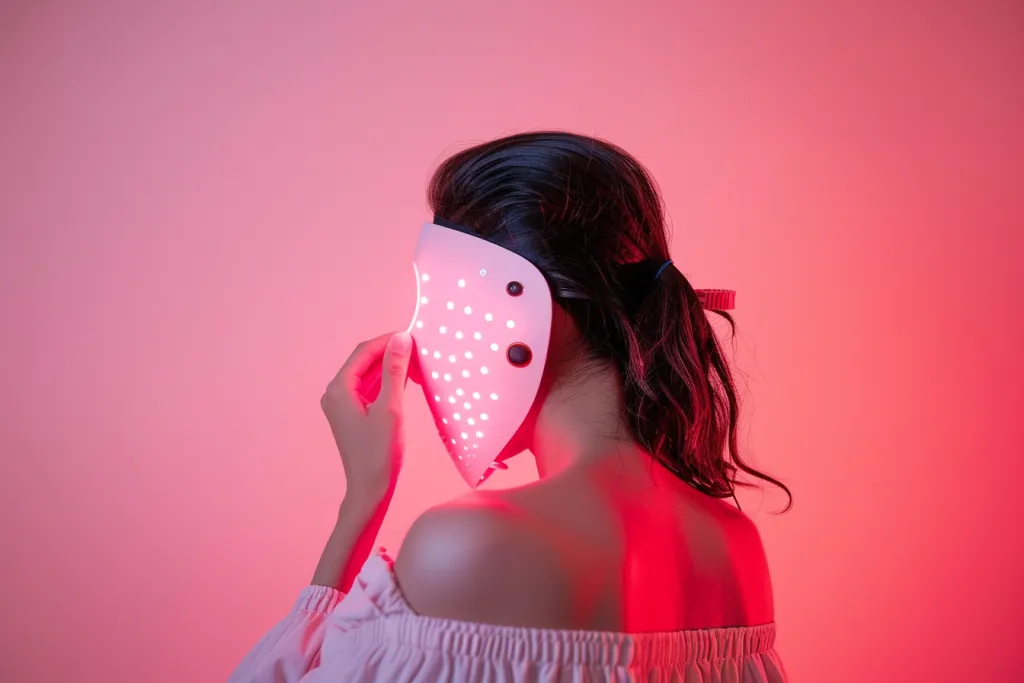
The red light face mask market remains highly competitive, marked by numerous brands jostling for market share. Prominent players like L’Oréal S.A., Sephora, The Estée Lauder Companies Inc., and Tony Moly are fortifying their positions by focusing on product innovation, adept marketing strategies, and channel expansion.
For instance, L’Oréal’s portfolio now includes multiple red light therapy products across its premium lines, accentuating technological superiority and clinical efficacy. Sephora is enhancing its range by corresponding with leading skincare brands for exclusive product offerings. At the same time, The Estée Lauder Companies Inc. is integrating red light therapy features into existing lines to bolster anti-aging benefits.
Niche brands are also making impactful strides in the industry. Companies such as Skin Inc and LYMA garner attention with unique, high-performance products addressing specific consumer demands. These brands often employ direct-to-consumer models and social media marketing to foster strong customer relationships and bolster brand loyalty.
Regional Market Insights and Growth

The North American market for red light face masks stands as the largest global market, buoyed by robust consumer awareness and an affinity for cutting-edge skincare technologies. The United States contributes a substantial portion of market share, with adoption rates highest in major urban centers like New York and California.
Asia-Pacific is emerging as the fastest-expanding region, spearheaded by countries including China, South Korea, and Japan. Increasing disposable incomes paired with a cultural emphasis on skincare have led to heightened demand for red light face masks. Specifically, South Korea’s surge stems partly from the widespread K-beauty phenomenon that encourages the use of innovative skincare tools.
In Europe, substantial markets for red light face masks include Germany, France, and the United Kingdom. The region’s mature beauty and personal care industry, coupled with robust regulatory backing for skincare innovations, fosters a supportive environment for growth within this sector.
Future Outlook and Opportunities in Skincare
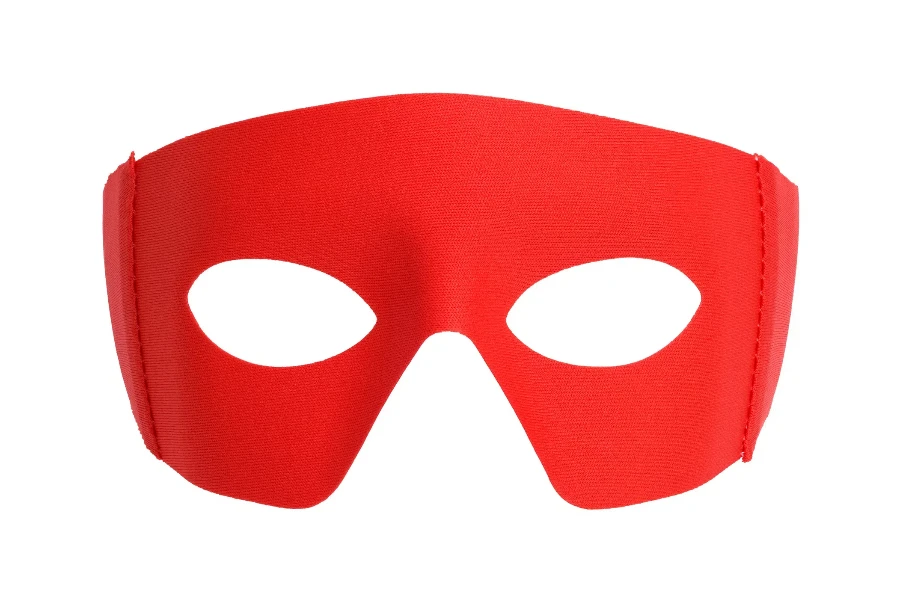
The path ahead for the red light face mask market appears promising, with numerous growth prospects on the horizon. Continued technological advancements are expected, leading to the introduction of increasingly sophisticated and effective devices. With innovations such as laser-based light therapy and AI-based personalized treatments likely advancing, the scope for growth remains vast.
Moreover, sustainable and eco-friendly product designs are predicted to heavily influence market tendencies. Brands focusing on sustainability during product development, alongside environmentally conscious packaging, are anticipated to draw consumer attention and loyalty.
In conclusion, the red light face mask market is set for considerable growth. Enterprises that harness technological advancements and align with emerging consumer trends are positioned to capitalize on this burgeoning market effectively.
Conclusion
The trajectory for the red light face mask market is set to ascend, fueled by progressive technological innovations, shifting consumer preferences, and regional dynamics. Businesses that keep pace with these trends stand to thrive in this competitive market environment. Looking ahead, keener emphases on AI integration, eco-consciousness, and multifunctional features will shape future growth and market success.
